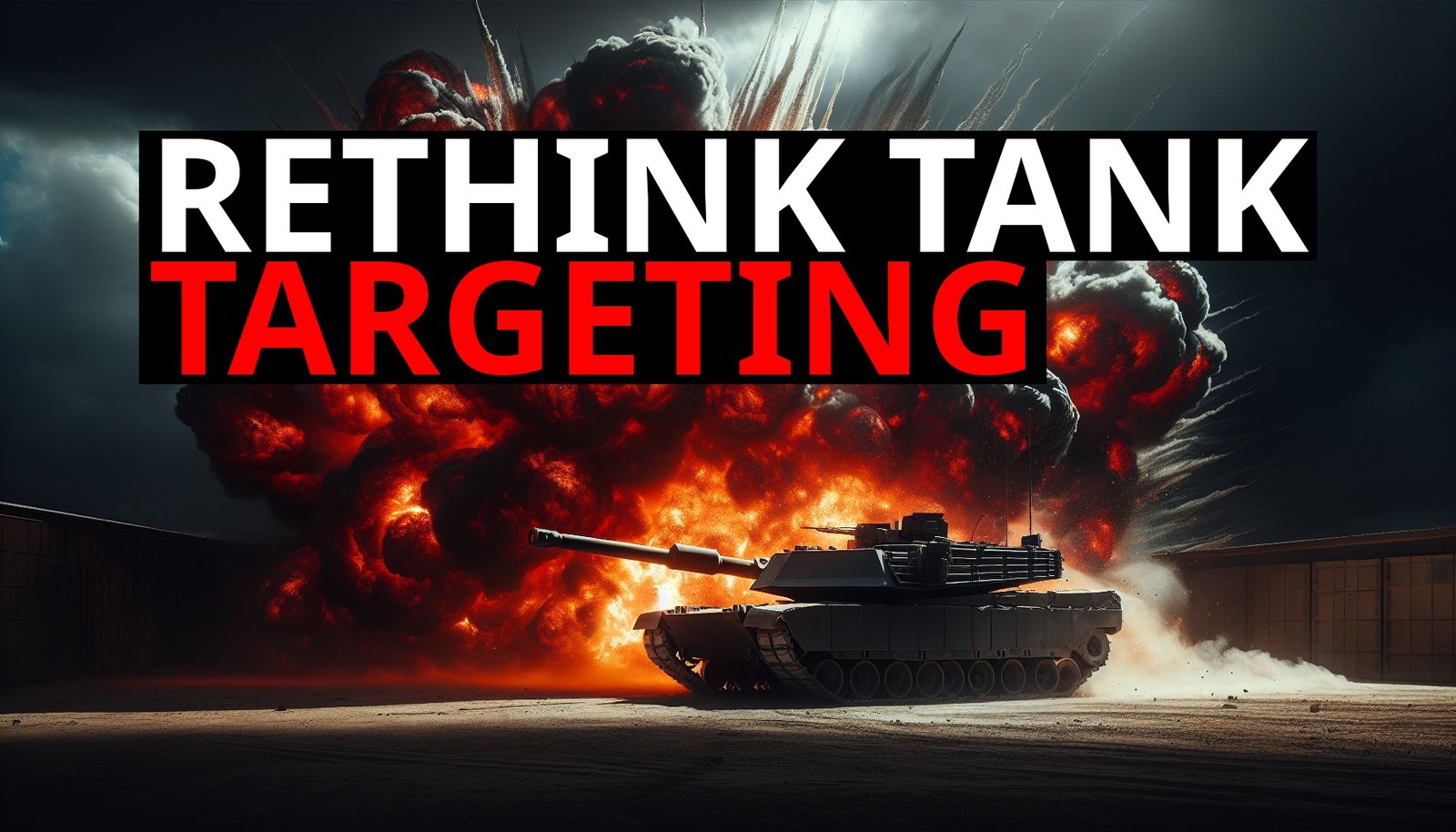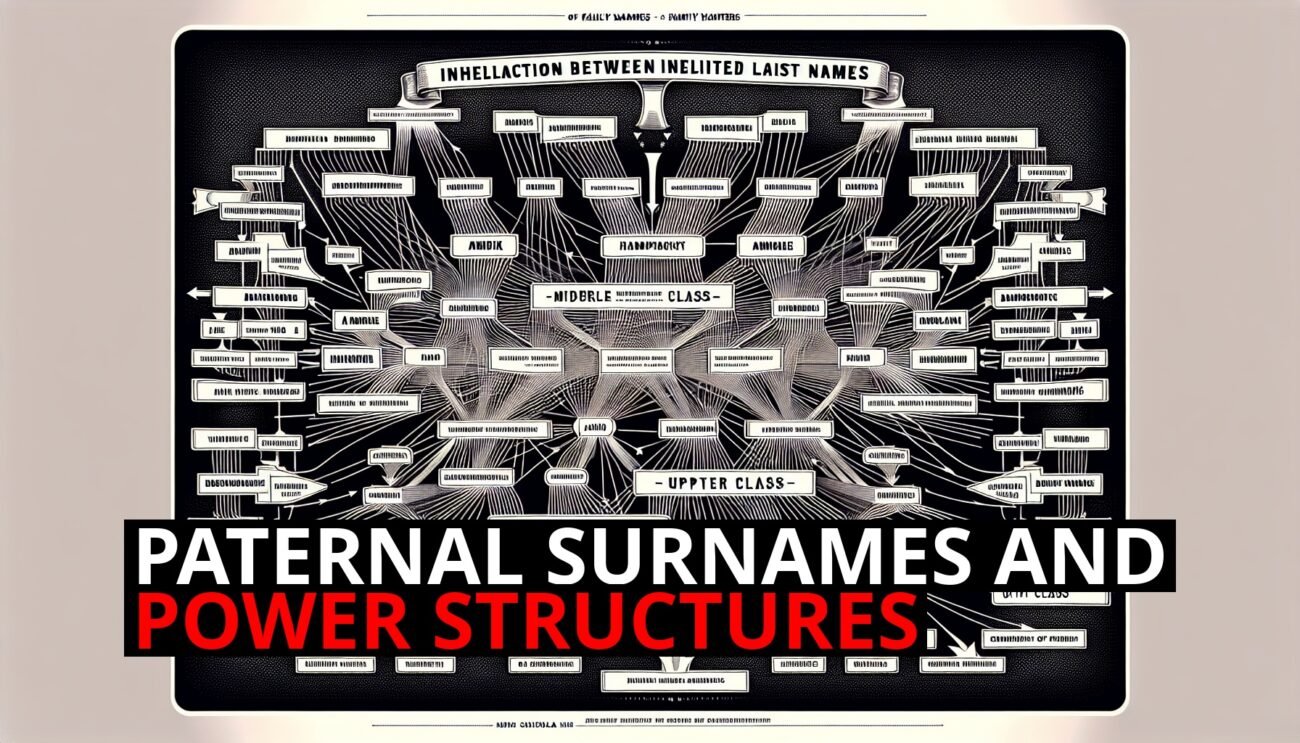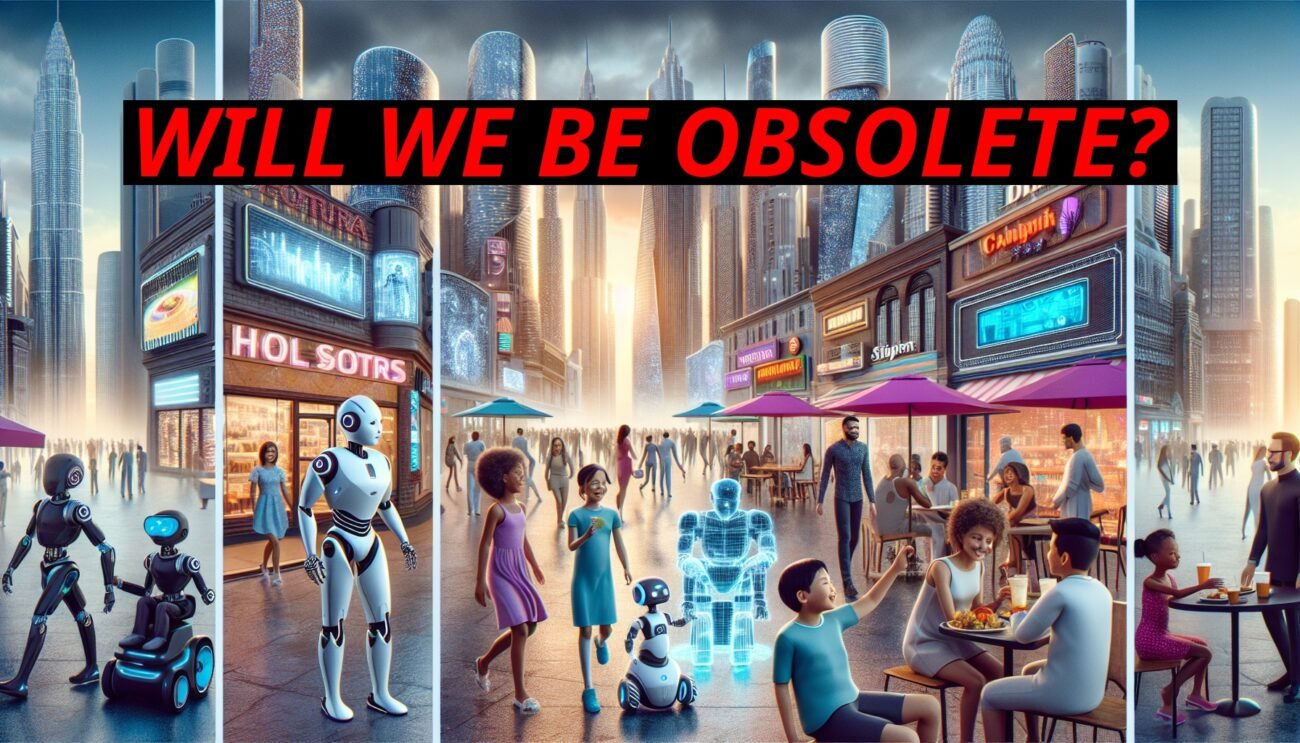In modern warfare, tanks are often seen as formidable assets on the battlefield. However, when it comes to targeting them, tanks can be one of the least efficient targets for a few reasons.
1. Durability And Survivability
Tanks are designed to withstand significant damage. They are less likely to be completely knocked out compared to other vehicles like APCs (Armored Personnel Carriers). When tanks are disabled, the crew often survives due to the robust protection offered by the tank’s armor. This means that tanks typically take fewer crew casualties when disabled.
2. Repairability
Even when tanks are damaged, they are often repairable. Unlike other military assets such as aircraft, which are usually irreparable once shot down, tanks can be fixed and returned to service. This makes them less costly in terms of long-term material losses.
3. Efficiency Of Anti-Tank Weapons
From a tactical standpoint, using anti-tank weapons can be less efficient compared to other forms of weaponry. For example, an ATGM (Anti-Tank Guided Missile) might disable one tank, resulting in minimal crew casualties and a high likelihood of the tank being repaired. In contrast, high-explosive weapons like airburst bombs or artillery can inflict significant damage to enemy resources and infrastructure, making them more effective overall.
4. Logistical Challenges
Anti-tank weapons also pose significant logistical challenges. Each anti-tank missile carried by a soldier or vehicle reduces the capacity to carry high-explosive ordnance. High-explosive weapons are generally more versatile and can inflict broader damage. The need to dedicate supply lines to transport and maintain anti-tank weapons complicates logistics. Ideally, focusing on high-explosive ammunition would streamline logistics and maximize operational efficiency.
Examples Of Efficient Targeting
To understand the inefficiency of targeting tanks, consider these examples:
– Aircraft: Shooting down an aircraft results in a total loss of the plane, which is irreparable. Additionally, the crew often suffers casualties, making it a significant blow to the enemy.
– Special Forces: A mortar shell landing on a group of elite soldiers inflicts substantial human losses. The value of these highly trained individuals far exceeds the damage done to a single tank.
– Ammunition Trucks: Destroying an ammunition truck not only eliminates the vehicle but also the crucial supplies it carries. The loss of ammunition has a cascading effect on the enemy’s ability to sustain combat operations.
The Paradox Of Targeting Tanks
Despite their inefficiencies, tanks must still be targeted because they possess significant direct firepower. If left unchallenged, tanks can inflict considerable damage on friendly forces. This creates a paradox: shooting at tanks is often inefficient, yet necessary. Tanks force the enemy to engage them, triggering this inefficiency.
Quantifying Damage In Warfare
To understand why targeting tanks might be less efficient, it’s essential to quantify what constitutes “damage” in warfare. Damage can be assessed in three primary ways:
- Human Losses: Soldiers are the most valuable assets in any military. The cost of raising, training, and maintaining soldiers, especially experienced ones, is immense. Inflicting high casualties on enemy personnel can significantly impact their combat effectiveness. Remember, tanks, trucks and ammunition are mass produced on assembly lines, while a soldier requires 18 years to raise.
- Irrecoverable Material Losses: These include assets that cannot be repaired or replaced, such as aircraft and ammunition. Destroying these assets has a lasting impact on the enemy’s warfighting capabilities.
- Recoverable Material Losses: These include assets like tanks that can often be repaired and returned to service. While still valuable, their destruction is less impactful in the long run.
Strategic Implications
Given this understanding, tanks are extremely effective at forcing your enemy to be inefficient. Their robust design and repairability mean that significant resources must be dedicated to neutralizing them. This inefficiency imposed on the enemy is a crucial advantage, making tanks a valuable asset. Therefore, investing in tanks enhances a military force’s strategic position by compelling the enemy to allocate disproportionate resources to counter them, thereby weakening their overall effectiveness.
Conclusion: The Zugzwang Situation
This scenario can be likened to a zugzwang situation in chess, where a player is forced to make a move, even though any move will worsen their position. Similarly, military forces must target tanks despite their inefficiency because failing to do so would allow tanks to dominate the battlefield. Thus, while tanks are the least efficient targets to shoot at, their presence forces the enemy into inefficient strategies, justifying continued investment in tank capabilities.













